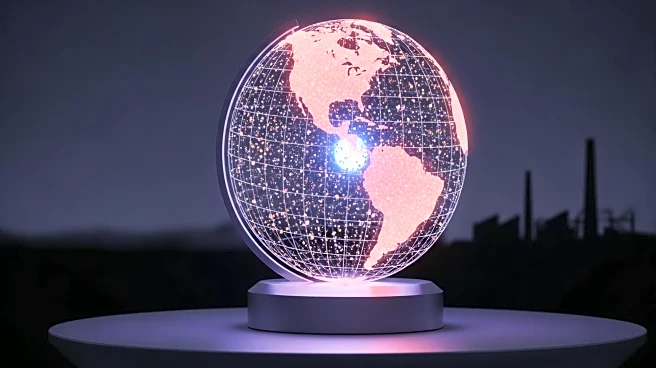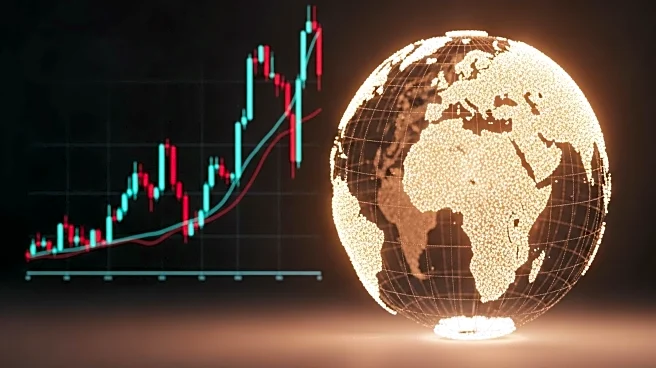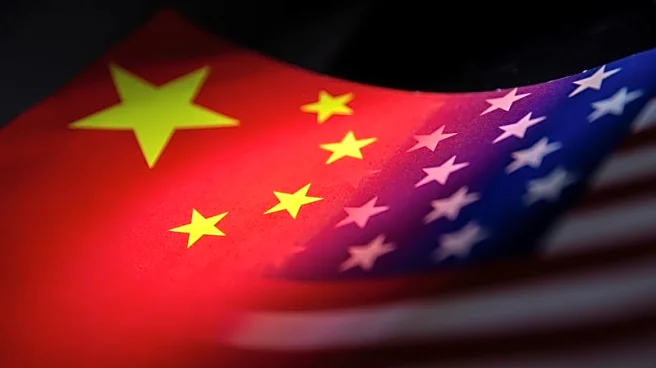What is the story about?
What's Happening?
China has imposed new restrictions on the export of rare earths and related technologies, citing national security concerns. The restrictions require government permission for the export of technology used to mine, process, or recycle rare-earth minerals or make magnets from them. The move comes amid tense U.S.-China trade talks and ahead of a meeting between Xi Jinping and President Trump. Rare earths are crucial for products ranging from consumer electronics to jet engines, and China controls about 70% of the world's rare-earth mining.
Why It's Important?
The restrictions on rare-earth exports by China could have significant implications for U.S. industries, particularly in the semiconductor and defense sectors. Rare earths are essential for manufacturing advanced technologies, and China's control over these resources gives it leverage in trade negotiations. The move could disrupt supply chains and increase costs for U.S. companies reliant on these materials. It also highlights the strategic importance of securing alternative sources of rare earths to reduce dependency on China.
What's Next?
The U.S. may seek to negotiate with China to ease the restrictions or explore alternative sources of rare earths. The meeting between Xi Jinping and President Trump could address these issues, potentially leading to new agreements or tensions. U.S. companies may need to invest in domestic production or partnerships with other countries to secure a stable supply of rare earths. The situation underscores the importance of diversifying supply chains and reducing reliance on foreign resources.
Beyond the Headlines
The restrictions on rare-earth exports raise ethical and strategic questions about resource control and international trade. China's dominance in rare-earth mining and processing gives it significant power in global markets, affecting geopolitical dynamics. The move could lead to increased efforts by other countries to develop their own rare-earth industries, potentially shifting the balance of power in technology and defense sectors.
AI Generated Content
Do you find this article useful?














